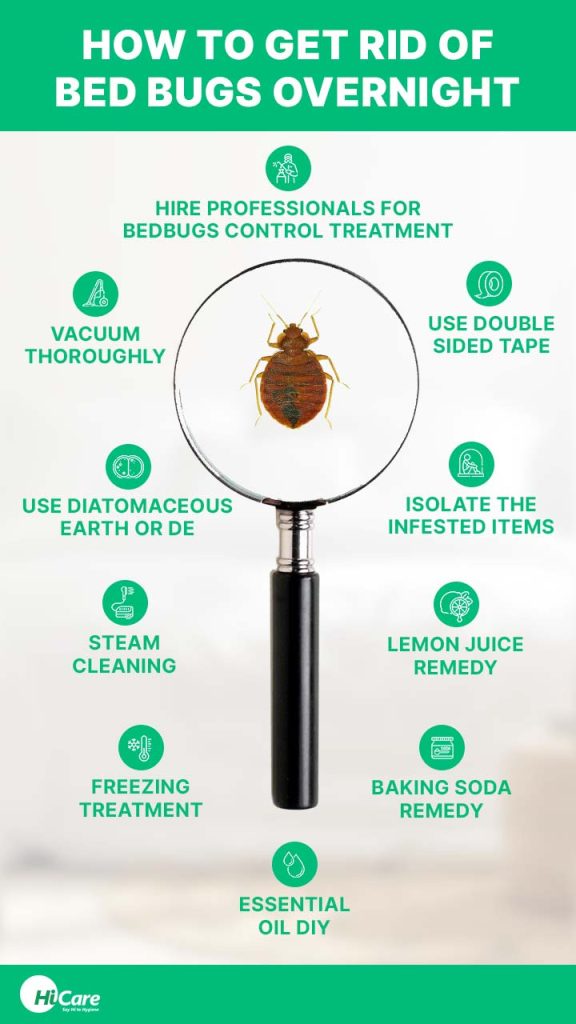Excitement About Bed Bug Services
Table of ContentsSome Known Facts About Bed Bug Services.The Best Guide To Bed Bug ServicesAll About Bed Bug Services
Heat treatment is a highly effective solutions for removing bed bugs from homes, apartments, and commercial properties. Unlike chemical sprays that work only on direct contact, thermal methods reaches all areas where bed bugs hide, destroying all stages of the infestation in a single session. Knowing how heat treatment functions can help clients feel confident in choosing this method.The principle of heat treatment is well-studied and reliable. Bed bugs die when sustained heat is applied. Scientific findings confirm that temperatures around 122°F (50°C) are lethal to bed bugs. To ensure complete elimination, professionals usually raise the temperature higher so that even hard-to-heat areas reach lethal levels. Maintaining sustained heat guarantees that every hiding place is affected.

The Ultimate Guide To Bed Bug Services
When the heating process starts, they use specialized heat equipment along with air movers to circulate hot air. Rather than turning up heaters to maximum, the heat is gradually increased, which prevents damage and reduces the chance of bed bugs escaping to cooler spots.

After the treatment, heaters are turned off and the area is brought back to normal temperatures slowly. Many companies check the property for remaining bed bugs and provide get redirected here detailed reports showing what temperatures were achieved and how long they lasted. This reporting verifies effectiveness and demonstrates a thorough job.
Heat treatment is preferred for many infestations. It is chemical-free, which is perfect for households avoiding chemicals. It is often a one-day solution, try this website allowing residents to return home quickly - Bed Bug Services. Heat also eliminates bugs even in unseen spaces. Unlike some methods, it kills all stages of bed bugs at once, preventing the need for repeated visits
9 Easy Facts About Bed Bug Services Described
While highly effective, heat treatment may not be perfect for every situation. It can be a higher upfront investment, particularly in big homes. Reinfestation is possible if bed bugs are reintroduced, so vigilance is necessary. Certain items may warp or melt under heat, and in multi-unit housing, follow-up monitoring is critical.
Many professionals follow heat with inspections and preventive measures to ensure lasting results. Follow-up devices and careful inspections can confirm the infestation is gone.
After treatment, ongoing vigilance matters. Regular inspections of living spaces help catch early signs of activity. Mattress and box spring encasements make inspections easier, while limiting hiding spots can minimize future infestations. Being mindful of used items is also important to prevent bed bugs from returning.
Heat treatment offers a highly effective solution for moderate to severe bed bug infestations. It provides a chemical-free, comprehensive approach that eliminates bed bugs in a single session. When managed carefully, it ensures complete eradication Related Site without the lingering effects of chemicals, allowing residents or business owners to return to normal life.